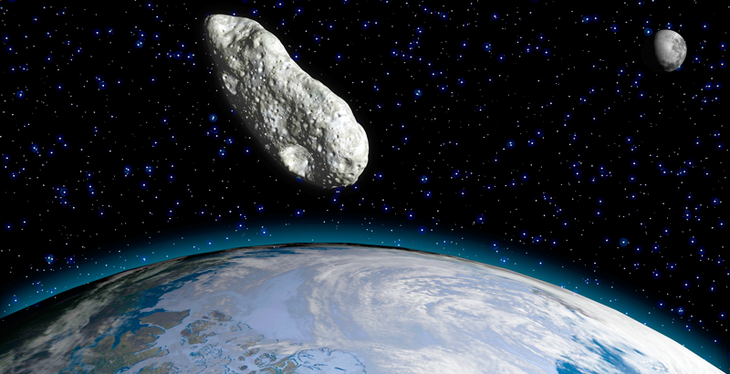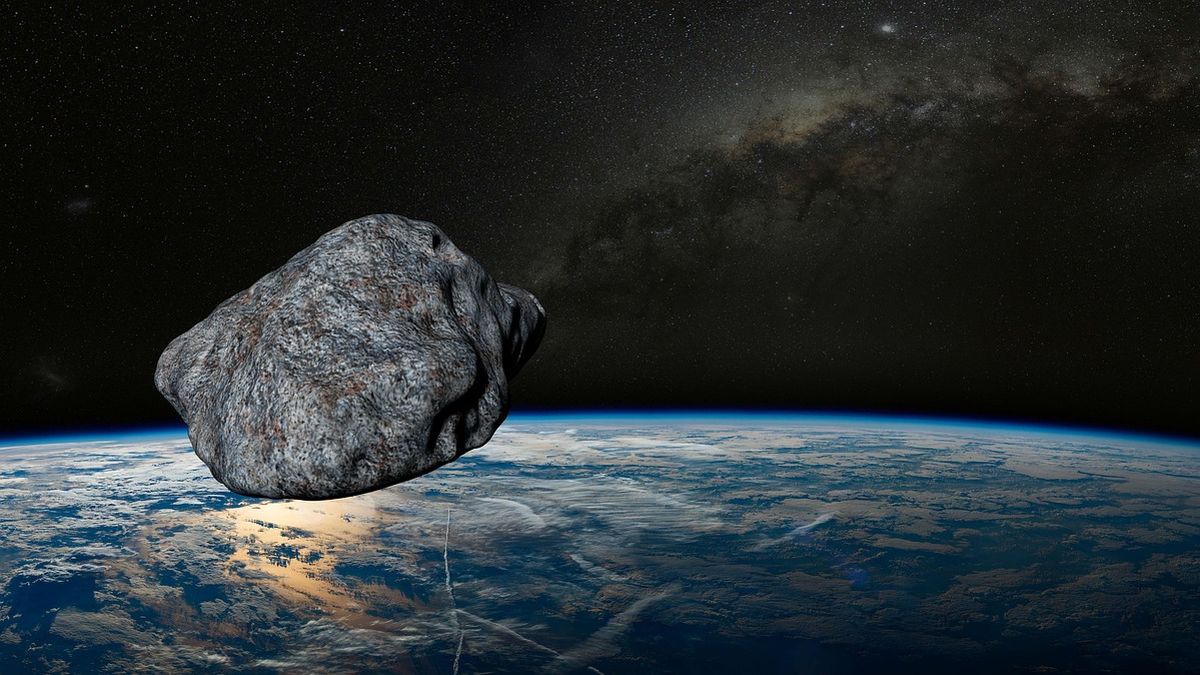This is the highest probability for a rock object of more than 30 meters since 2004, when Apofis briefly had a 2.7% possibilities. What experts think about an eventual fall, and that would cause damage.
In weeks, the asteroid considerably increased its probabilities of impact by 2032.
The possible impact of Asteroid 2024 YR4 It has not only the astronomical community in vilo, but also to the thousands of people who remain attentive to the Collision probabilities with Earth in 2032. Initially started by 1%, but this Tuesday the POT updated the same to 3.1%, that is, 1 in 32.
The content you want to access is exclusive to subscribers.
The US agency is constantly remodeling the asteroid impact probability, as well as that of many other potentially dangerous asteroids, which fly through space. In January, YR’s chances of impact were 1 in 83, or 1.2%. That figure increased and, in early February, the rock had a probability of 1 in 63 (1.58%) to impact our world. On February 10, probabilities increased once again, this time to a probability of 1 in 45, or a 2.2% probability of impacting the earth.


Many scientists qualify the number as “historical”, since the Last time that an asteroid of more than 30 meters of size raised such a significant risk was apofis in 2004, When he briefly had a 2.7% chance to impact the Earth in 2029, a possibility subsequently discarded for additional observations.
What do experts about the asteroid say: Should we worry?
Under this context, the scientist Bruce Betts From the planetary society, he explained: “Naturally, when you see that the percentages increase, you do not feel good”, to AFP. However, it is important to note that, according to previous precedents, the chances of an asteroid impact usually increase before decreasing.
The asteroid was detected by the Last Sterrestrial Asteroid Alert System (ATLAS) From a telescope in Chile. Its estimated size between 40 and 100 metersclassifies it within objects that could cause significant damage at the local level in case of impact. If you enter the Earth’s atmosphere, it is most likely that an explosion in the air will occur, which means that it would explode in the air with a force of approximately eight megatons of TNT, more than 500 times the power of the atomic bomb of Hiroshima .
If it impacts, the possible places of impact include the east of the Pacific Ocean, the north of South America, the Atlantic Ocean, North Africa, the Arabian Sea and the South of Asia.
Recently, they revealed that scientists have until May of this year to get more details. As detailed, the deadline imposed is directly related to the trajectory of the rock body. In this way, the asteroid will no longer be visible and scientists must wait until a new opportunity is presented to observe and be able to study their career thoroughly.
asteroid.png

The asteroid apofis caused a stir after the probabilities of impact that arose in 2004.
Getty
This New opportunity will only emerge in 2028when asteroid 2024 YR4 will once again pass thousands of kilometers from Earth, following its 4 -year orbit in the Solar System. This will be the last opportunity that experts will have to determine the collision chances, before the hypothetical visit of the rock body at the end of 2032. According to estimates, its diameter ranges from between 40 and 90 meterswhich could cause considerable damage in case of collision. Given this scenario, specialists analyze strategies Planetary Defense To mitigate any risk.
In response to the increase in probabilities, NASA has programmed an observation time with the Webb Space Telescope to study the light blue body more thoroughly. Betts said that the data you give will be key to better understand your career: “Webb is capable of seeing things that are very, very faint.”
“The main point of comparison we have for an impact of rock asteroid of this magnitude is Tunguska,” said Dr. Kumamoto, director of the Planetary Defense Program in the National Lowrence Livermore laboratory.
The 1908 Tunguska event involved a similar asteroid in size at 2024 YR4 that exploded on a scarcely populated part of Siberia. It generated an expansive wave of approximately 12 megatons, similar to that of a nuclear weapon, which destroyed a forest more than double the size of the city of New York.
Source: Ambito
I am an author and journalist who has worked in the entertainment industry for over a decade. I currently work as a news editor at a major news website, and my focus is on covering the latest trends in entertainment. I also write occasional pieces for other outlets, and have authored two books about the entertainment industry.




